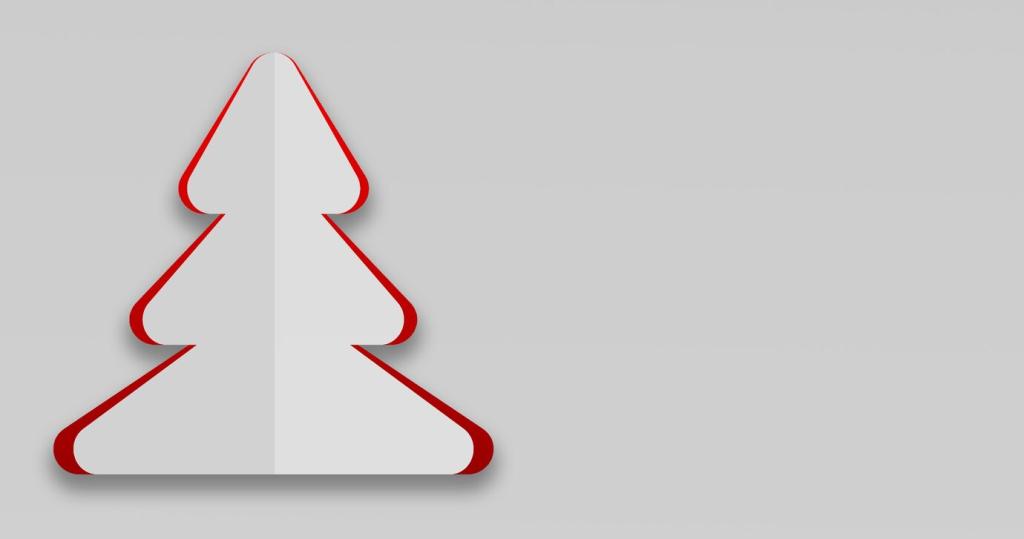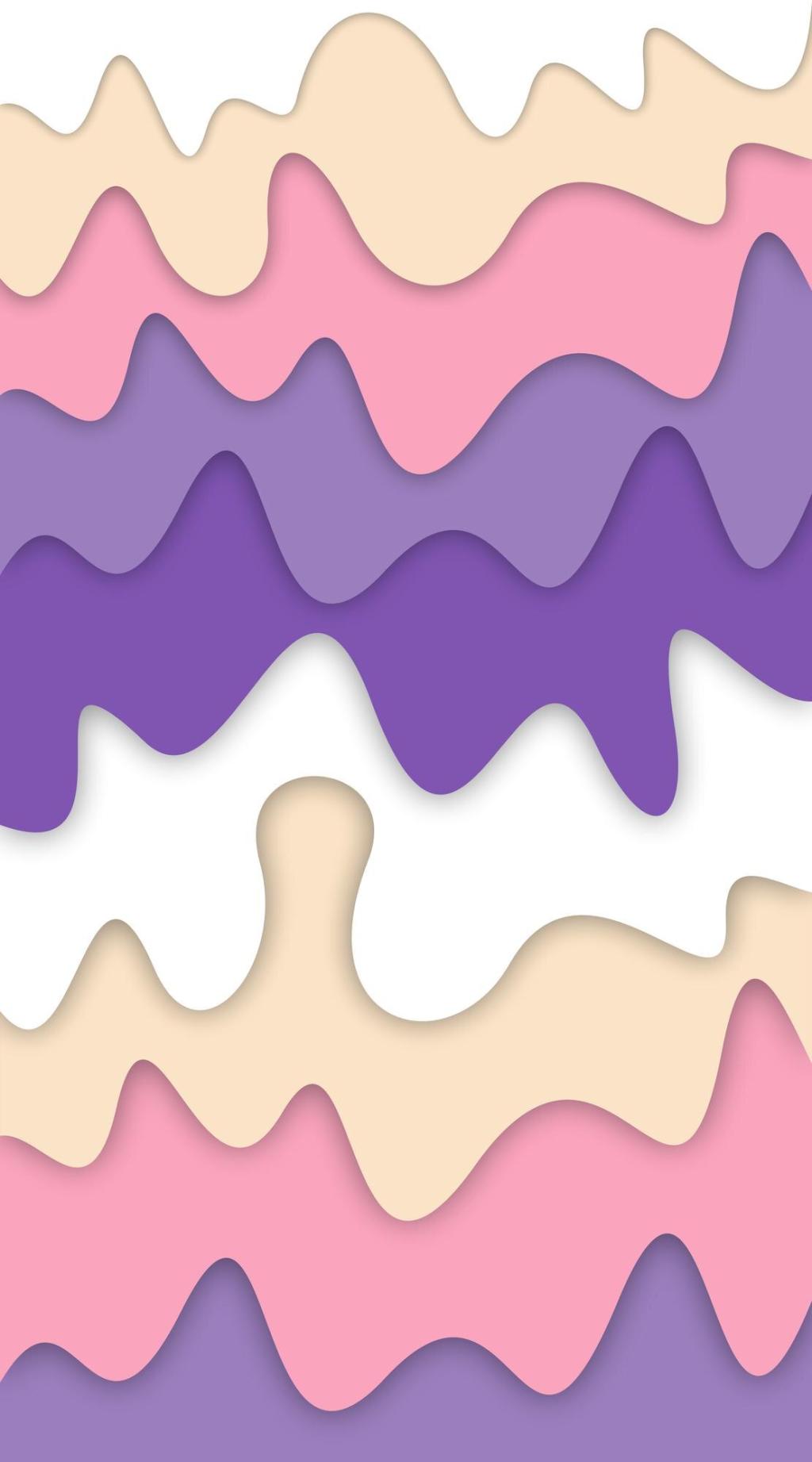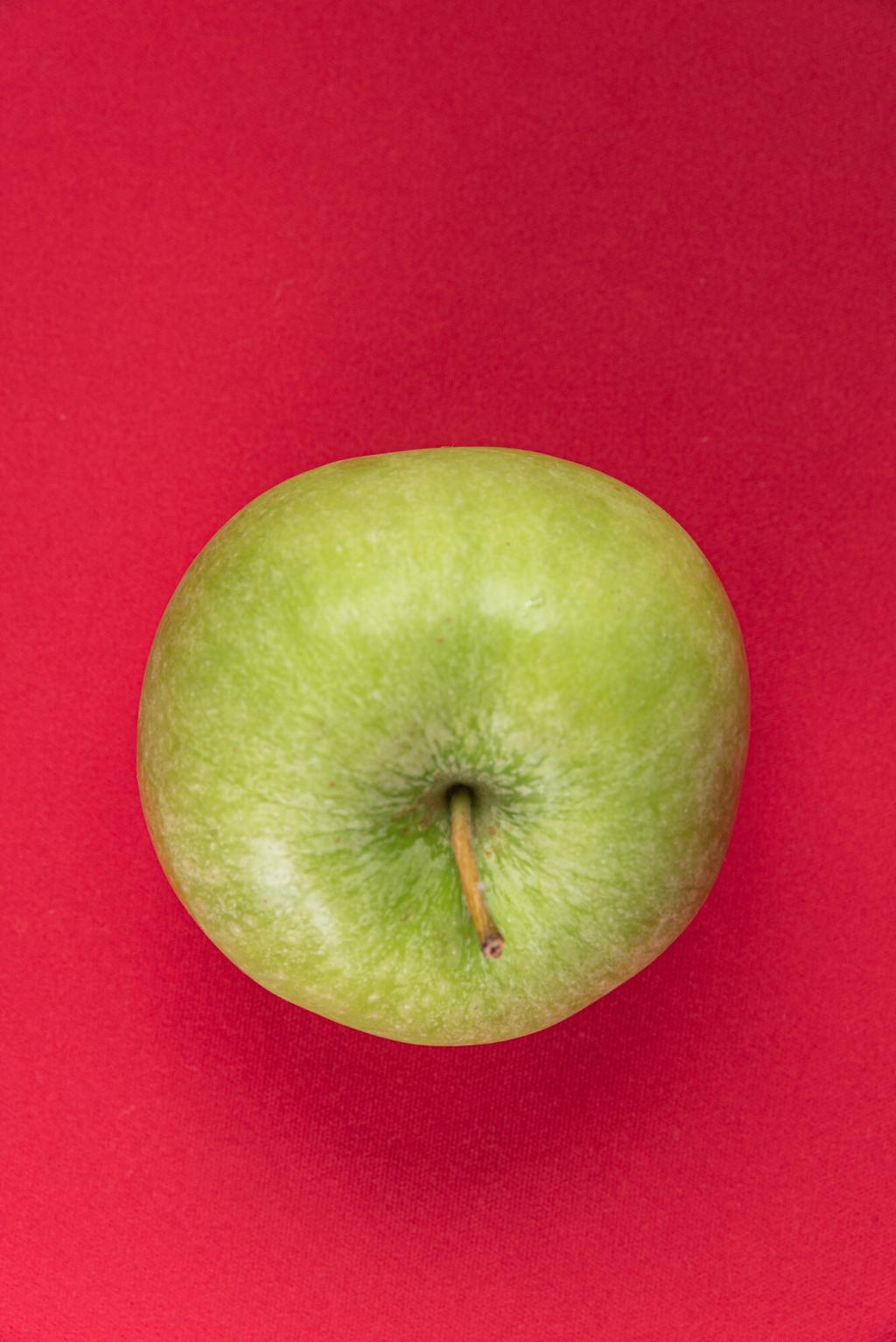Minimalism at Home and in Life
Choose one artwork, one plant, or one sculptural object. Clear visual noise around it. Let negative space amplify meaning. A small shift often unlocks surprising calm and renewed appreciation.
Minimalism at Home and in Life
Hold back on hues and play with textures instead: matte, satin, brushed, woven. Like Agnes Martin’s subtle fields, restrained palettes heighten sensitivity, making minute differences feel deliciously, unexpectedly alive.




